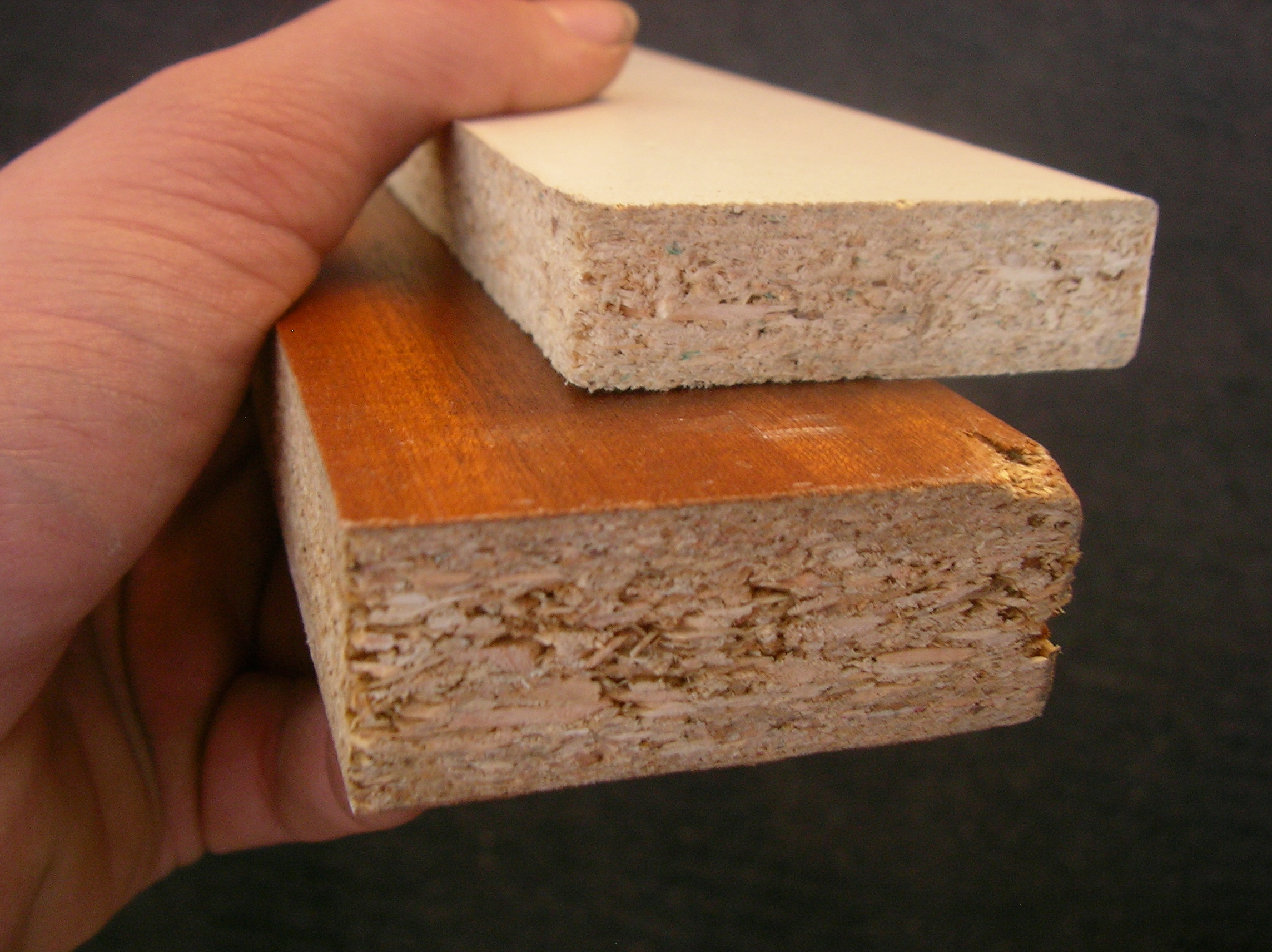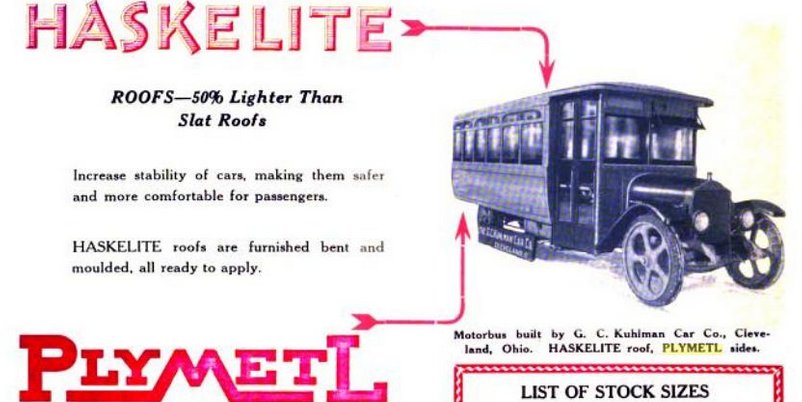|
Waferboard
Waferboard belongs to the subset of reconstituted wood panel products called flakeboards. It is a structural material made from rectangular wood flakes of controlled length and thickness bonded together with waterproof phenolic resin under extreme heat and pressure. The layers of flakes are not oriented, which makes it easier to manufacture. Waferboard is used as a material to build cheap furniture. This type of furniture is usually laminated. See also *Particleboard * Oriented strand board (OSB) *Haskelite Haskelite is the brand name of a plywood, once made by the Michigan-based Haskelite Manufacturing Corporation. It was made from waterproof glue developed by Henry L. Haskell. The moldable plywood was originally called Ser-O-Ply. It was used i ..., an early type of plywood References {{Wood products, state=collapsed Engineered wood Composite materials ... [...More Info...] [...Related Items...] OR: [Wikipedia] [Google] [Baidu] |
Particleboard
Particle board, also known as chipboard or low-density fiberboard, is an engineered wood product manufactured from wood chips and a synthetic resin or other suitable binder, which is pressed and extruded. Particle board is often confused with oriented strand board (OSB) (also known as flakeboard, or waferboard), a different type of fiberboard that uses machined wood flakes and offers more strength. Characteristics Particle board is cheaper, denser and more uniform than conventional wood and plywood and is substituted for them when cost is more important than strength and appearance. Particleboard can be made more appealing by painting or the use of wood veneers on visible surfaces. Though it is denser than conventional wood, it is the lightest and weakest type of fiberboard, except for insulation board. Medium-density fibreboard and hardboard, also called high-density fiberboard, are stronger and denser than particleboard. Different grades of particleboard have different densi ... [...More Info...] [...Related Items...] OR: [Wikipedia] [Google] [Baidu] |
Flakeboard
Oriented strand board (OSB) is a type of engineered wood similar to particle board, formed by adding adhesives and then compressing layers of wood strands (flakes) in specific orientations. It was invented by Armin Elmendorf in California in 1963. OSB may have a rough and variegated surface with the individual strips of around , lying unevenly across each other, and is produced in a variety of types and thicknesses. Uses OSB is a material with favorable mechanical properties that make it particularly suitable for load-bearing applications in construction. It is now more popular than plywood, commanding 66% of the North American structural panel market. The most common uses are as sheathing in walls, flooring, and roof decking. For exterior wall applications, panels are available with a radiant-barrier layer laminated to one side; this eases installation and increases energy performance of the building envelope. OSB is also used in furniture production. Manufacturing Orie ... [...More Info...] [...Related Items...] OR: [Wikipedia] [Google] [Baidu] |
Phenolic Resin
Phenol formaldehyde resins (PF) or phenolic resins (also infrequently called phenoplasts) are synthetic polymers obtained by the reaction of phenol or substituted phenol with formaldehyde. Used as the basis for Bakelite, PFs were the first commercial synthetic resins (plastics). They have been widely used for the production of molded products including billiards, billiard balls, laboratory countertops, and as coatings and adhesives. They were at one time the primary material used for the production of circuit boards but have been largely replaced with Epoxy#Electrical systems and electronics, epoxy resins and fiberglass cloth, as with fire-resistant FR-4 circuit board materials. There are two main production methods. One reacts phenol and formaldehyde directly to produce a thermosetting polymer, thermosetting network polymer, while the other restricts the formaldehyde to produce a prepolymer known as novolac which can be moulded and then cured with the addition of more formaldehyde ... [...More Info...] [...Related Items...] OR: [Wikipedia] [Google] [Baidu] |
Oriented Strand Board
Oriented strand board (OSB) is a type of engineered wood similar to particle board, formed by adding adhesives and then compressing layers of wood strands (flakes) in specific orientations. It was invented by Armin Elmendorf in California in 1963. OSB may have a rough and variegated surface with the individual strips of around , lying unevenly across each other, and is produced in a variety of types and thicknesses. Uses OSB is a material with favorable mechanical properties that make it particularly suitable for load-bearing applications in construction. It is now more popular than plywood, commanding 66% of the North American structural panel market. The most common uses are as sheathing in walls, flooring, and roof decking. For exterior wall applications, panels are available with a radiant-barrier layer laminated to one side; this eases installation and increases energy performance of the building envelope. OSB is also used in furniture production. Manufacturing Oriente ... [...More Info...] [...Related Items...] OR: [Wikipedia] [Google] [Baidu] |
Haskelite
Haskelite is the brand name of a plywood, once made by the Michigan-based Haskelite Manufacturing Corporation. It was made from waterproof glue developed by Henry L. Haskell. The moldable plywood was originally called Ser-O-Ply. It was used in the construction of various vehicles including military tanks, boats, airplanes, buses, trucks, and automobiles. The plywood was manufactured with different characteristics depending on particular needs and then given a brand name. Background Haskell invented a process for making a waterproof glue called "black albumin glue" from blood-albumin which was used to bond wood including a lightweight waterproof plywood which was initially known as Ser-O-Ply. The plywood was used for boats, airplanes, tanks, trucks, automobiles and rail cars. The plywood panels had various layers of crossed-grain ply veneers to create the thickness and strength. Typical moldable plywood panels were about wide by long and thick. The sheets made this way w ... [...More Info...] [...Related Items...] OR: [Wikipedia] [Google] [Baidu] |
Engineered Wood
Engineered wood, also called mass timber, composite wood, man-made wood, or manufactured board, includes a range of derivative wood products which are manufactured by binding or fixing the strands, particles, fibres, or veneers or boards of wood, together with adhesives, or other methods of fixation to form composite material. The panels vary in size but can range upwards of and in the case of cross-laminated timber (CLT) can be of any thickness from a few inches to or more. These products are engineered to precise design specifications, which are tested to meet national or international standards and provide uniformity and predictability in their structural performance. Engineered wood products are used in a variety of applications, from home construction to commercial buildings to industrial products. [...More Info...] [...Related Items...] OR: [Wikipedia] [Google] [Baidu] |


